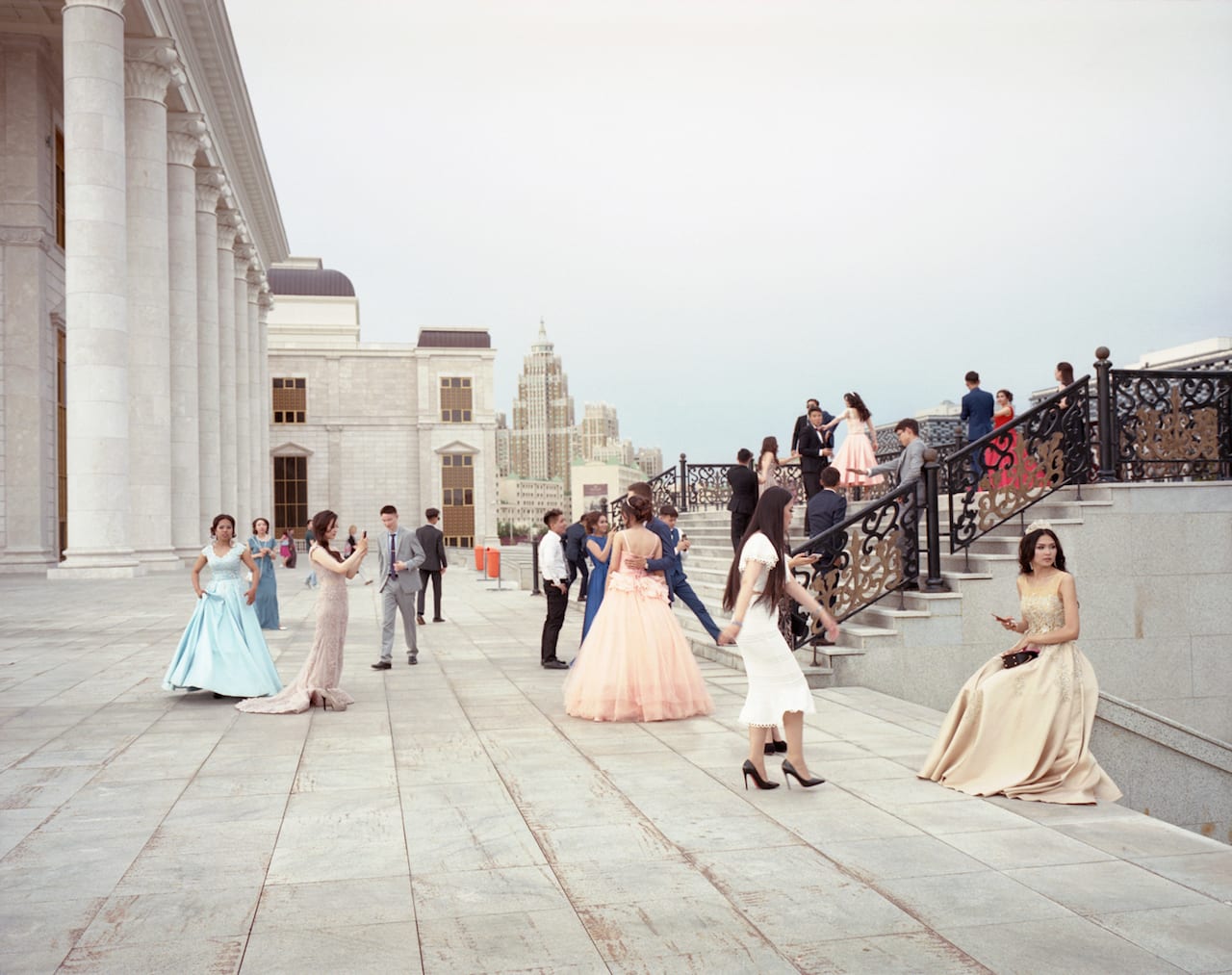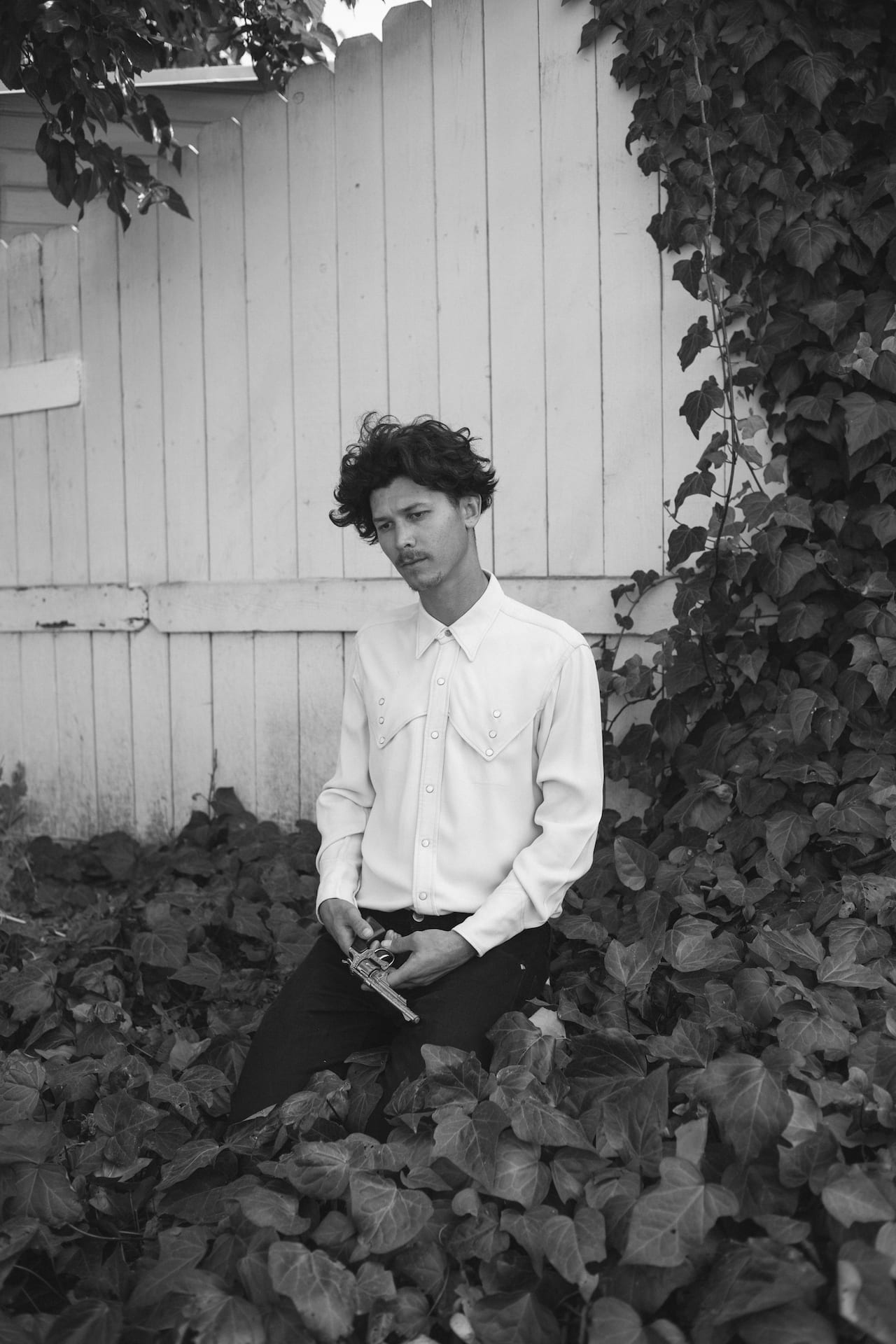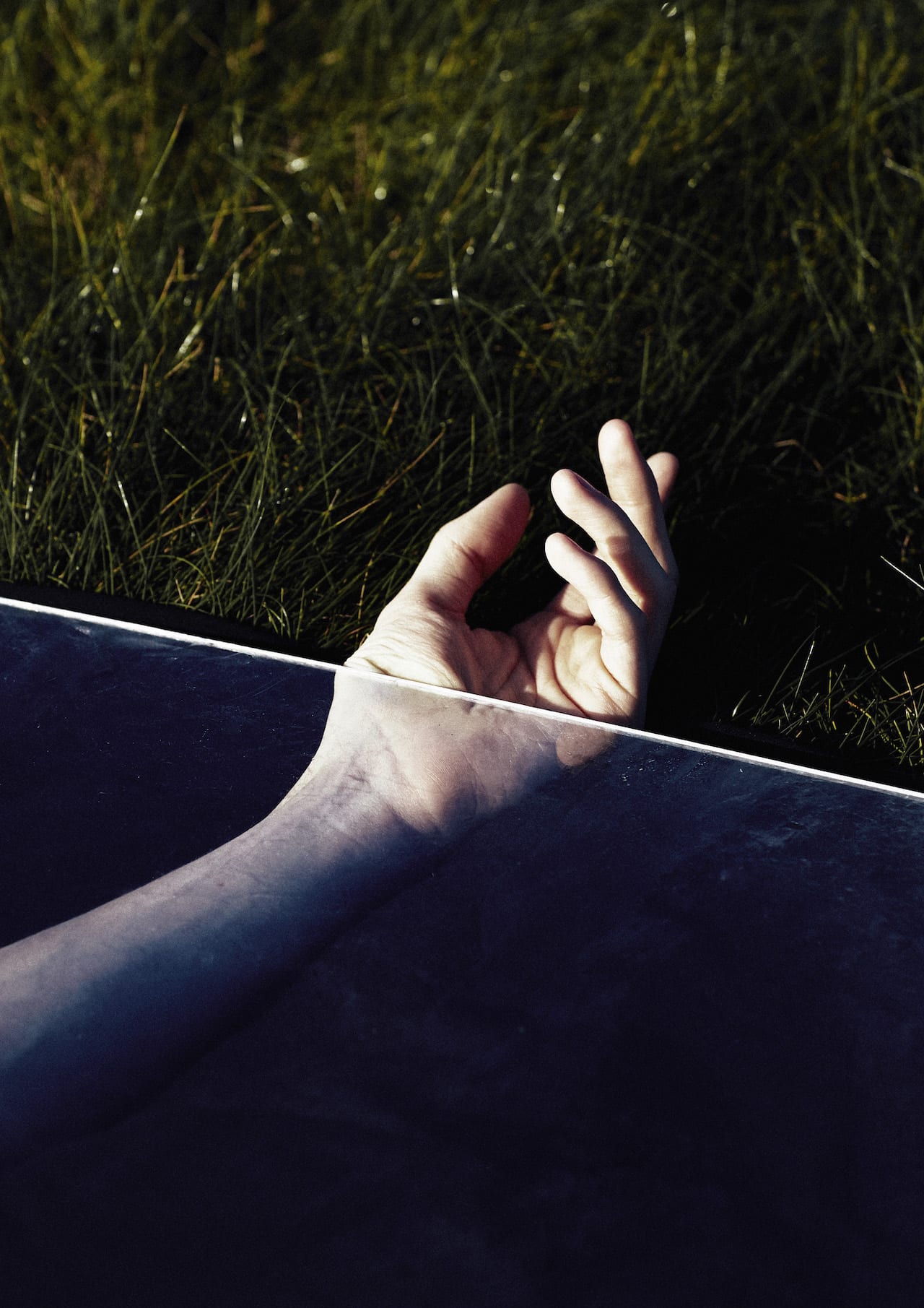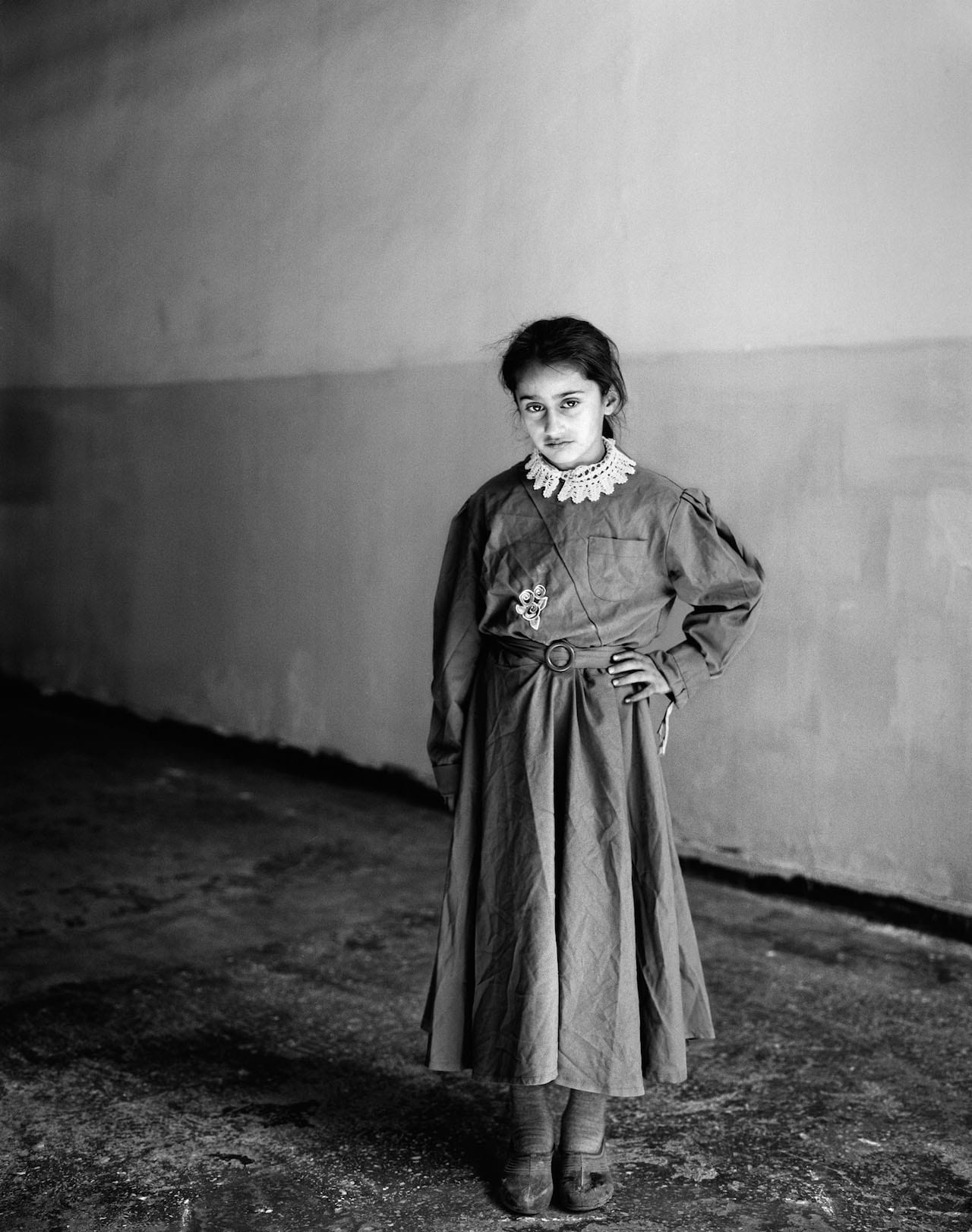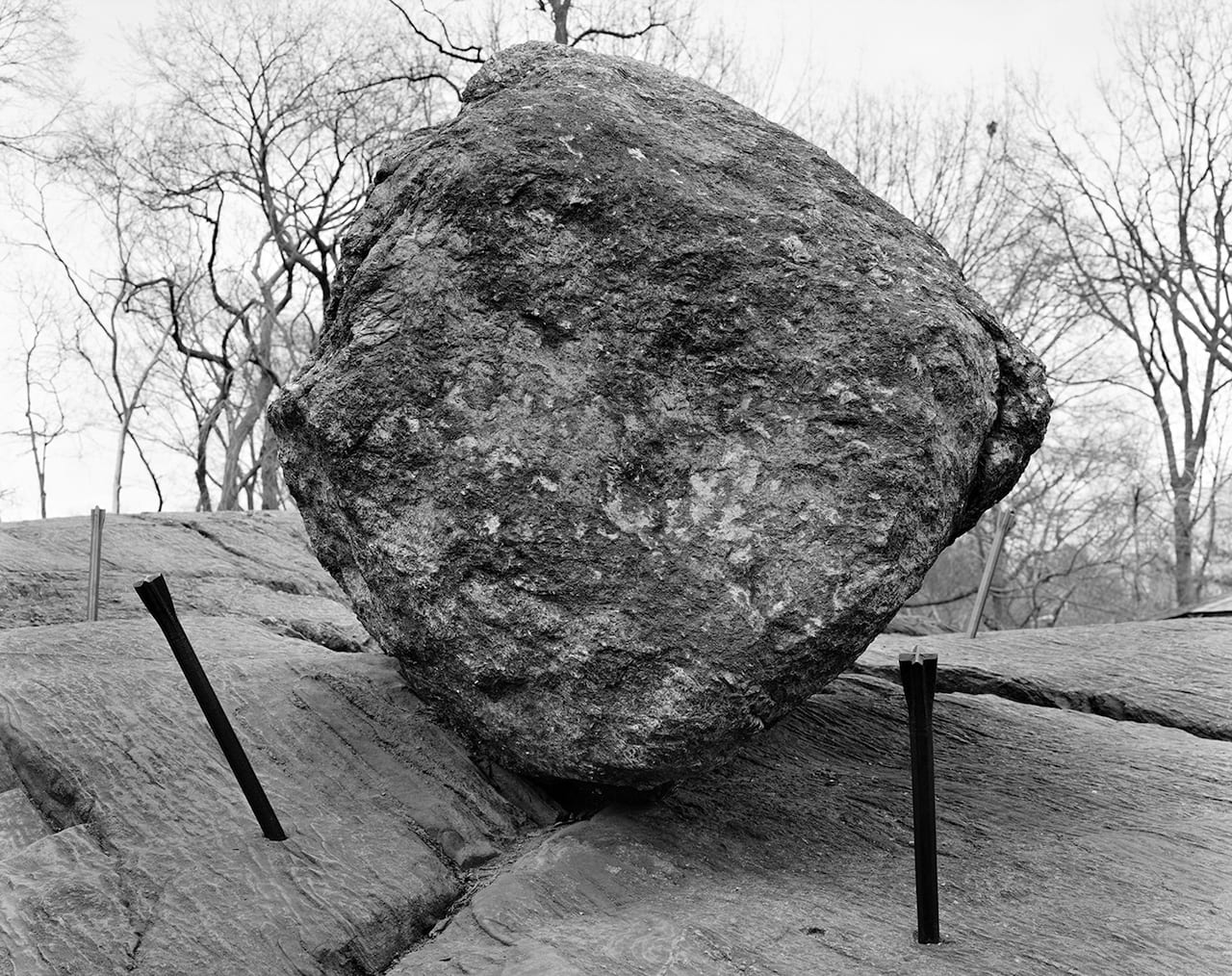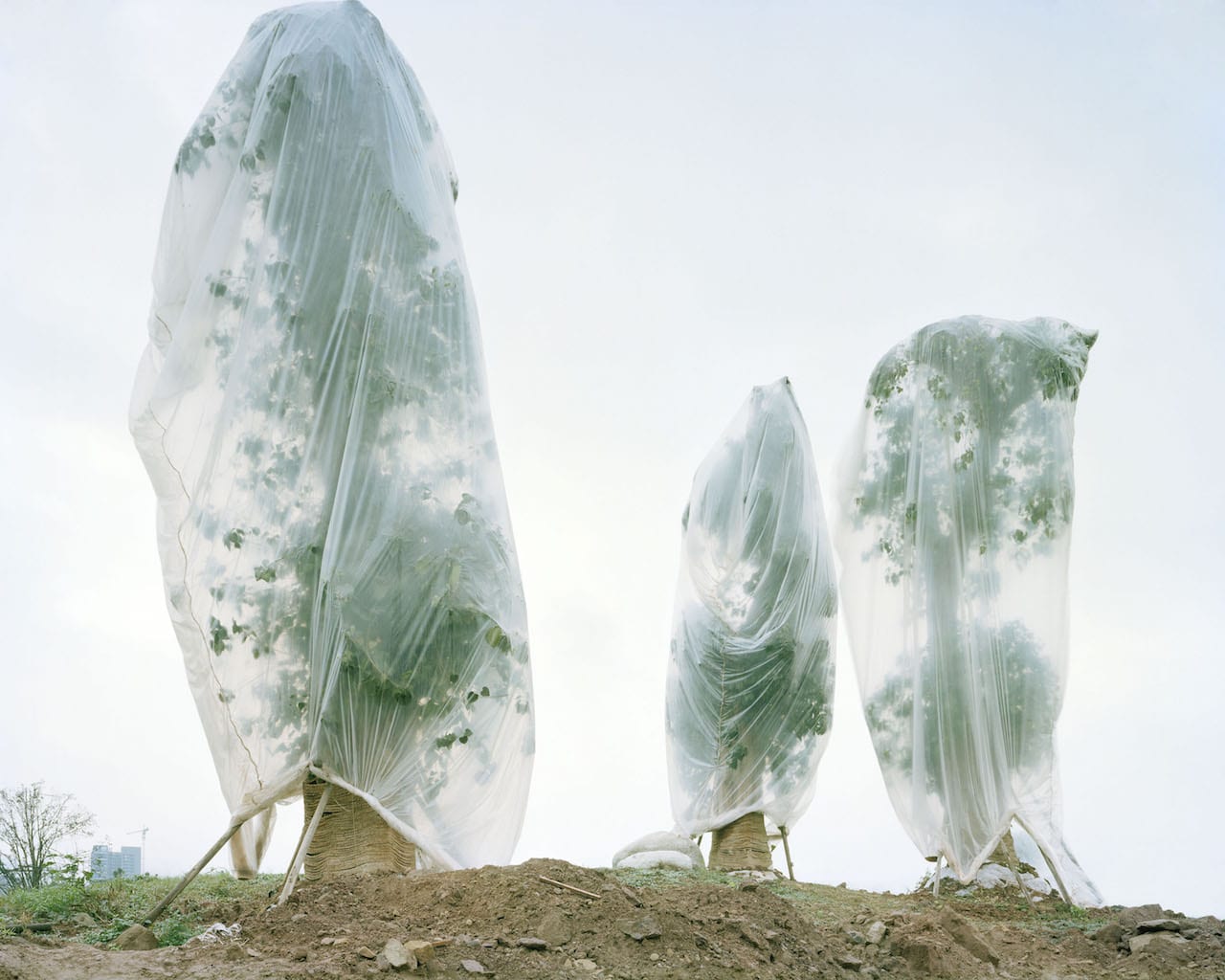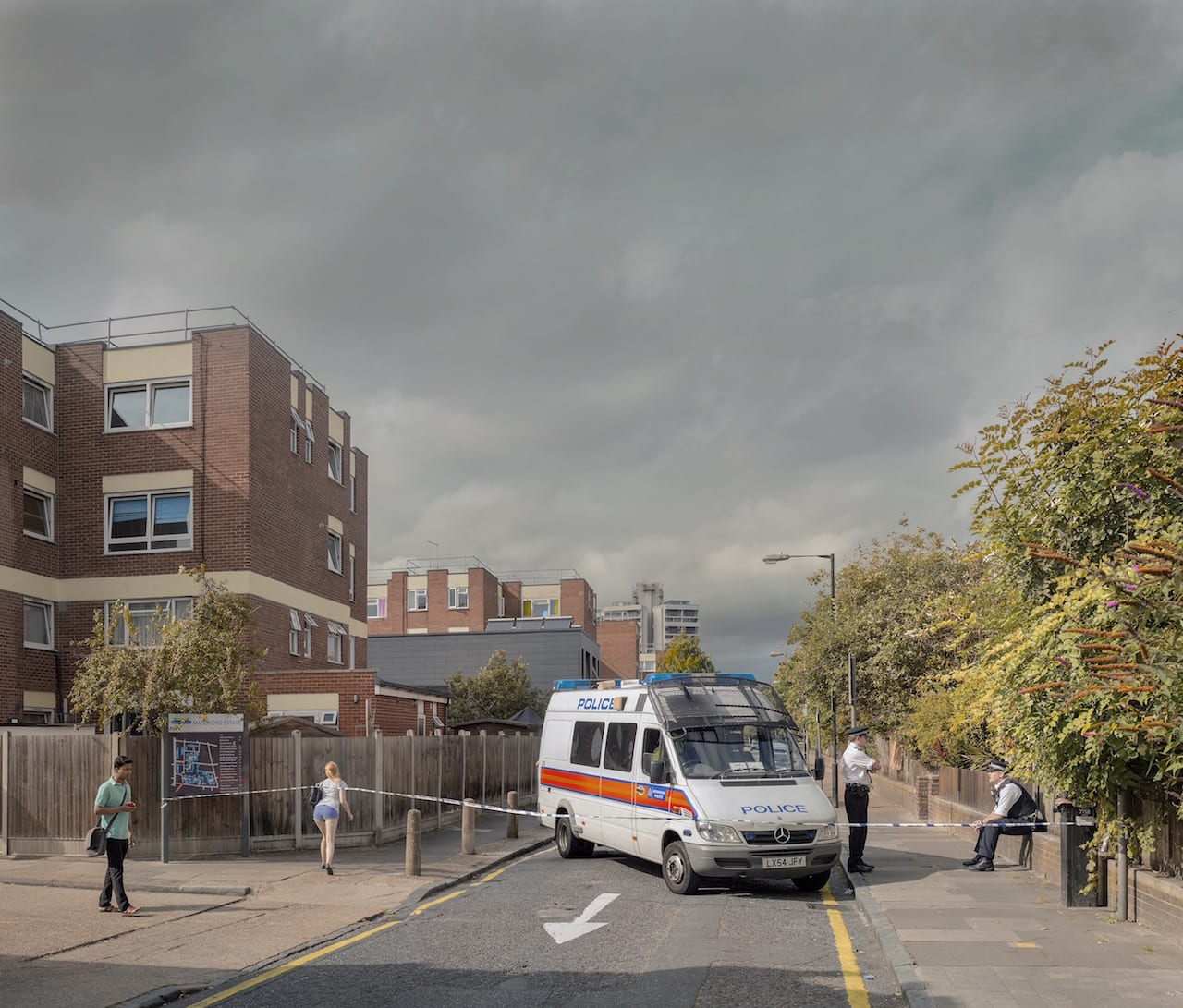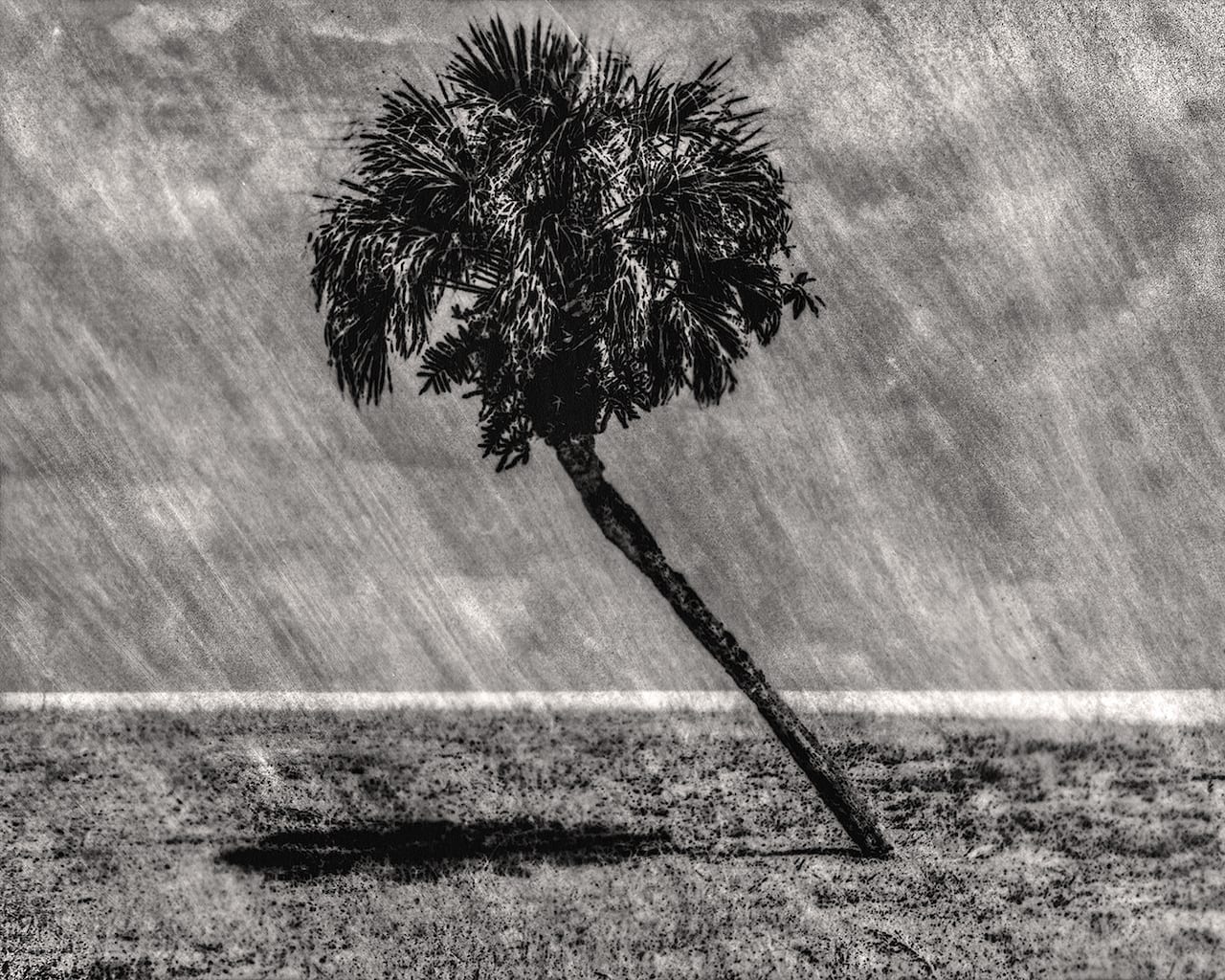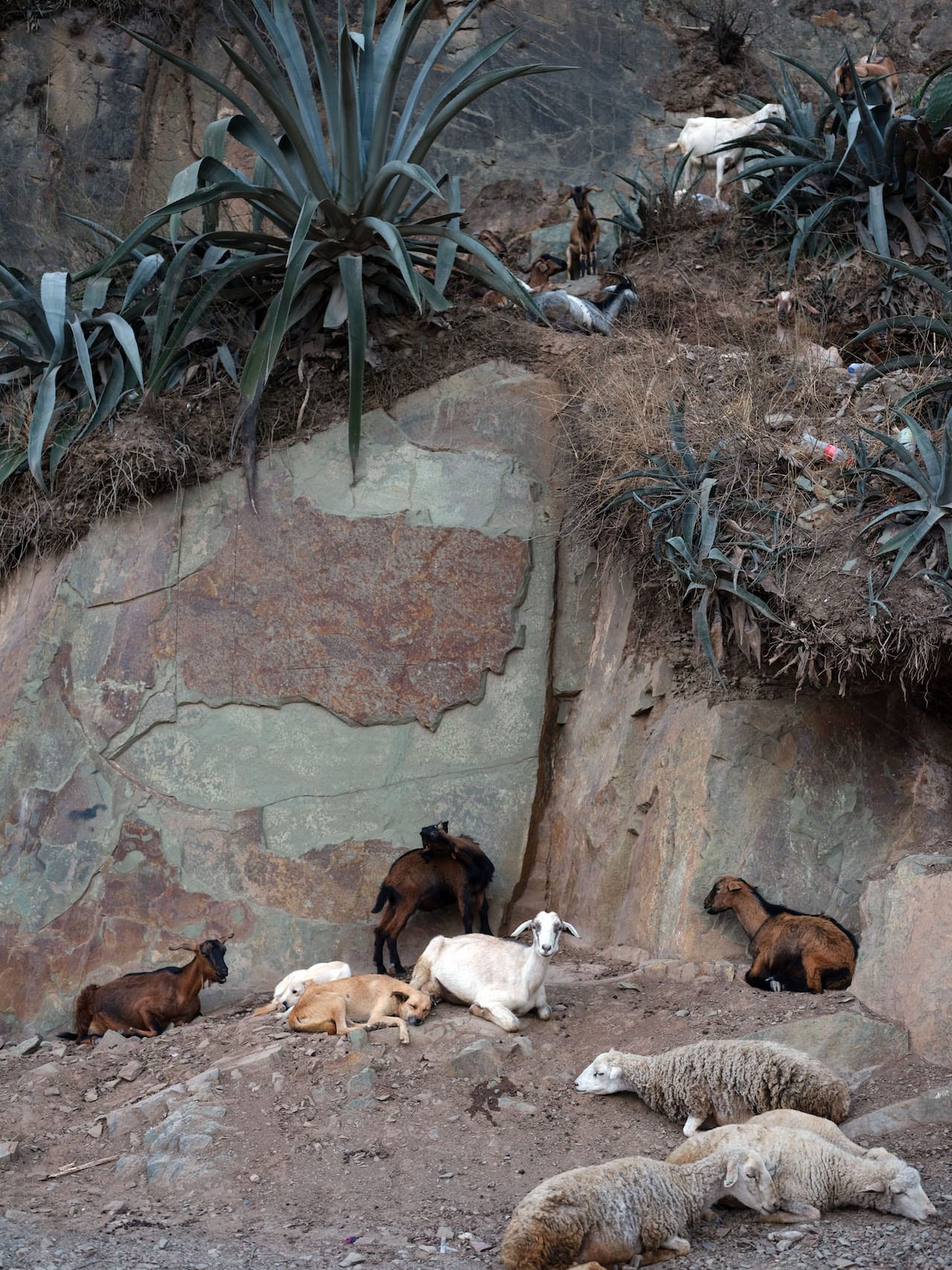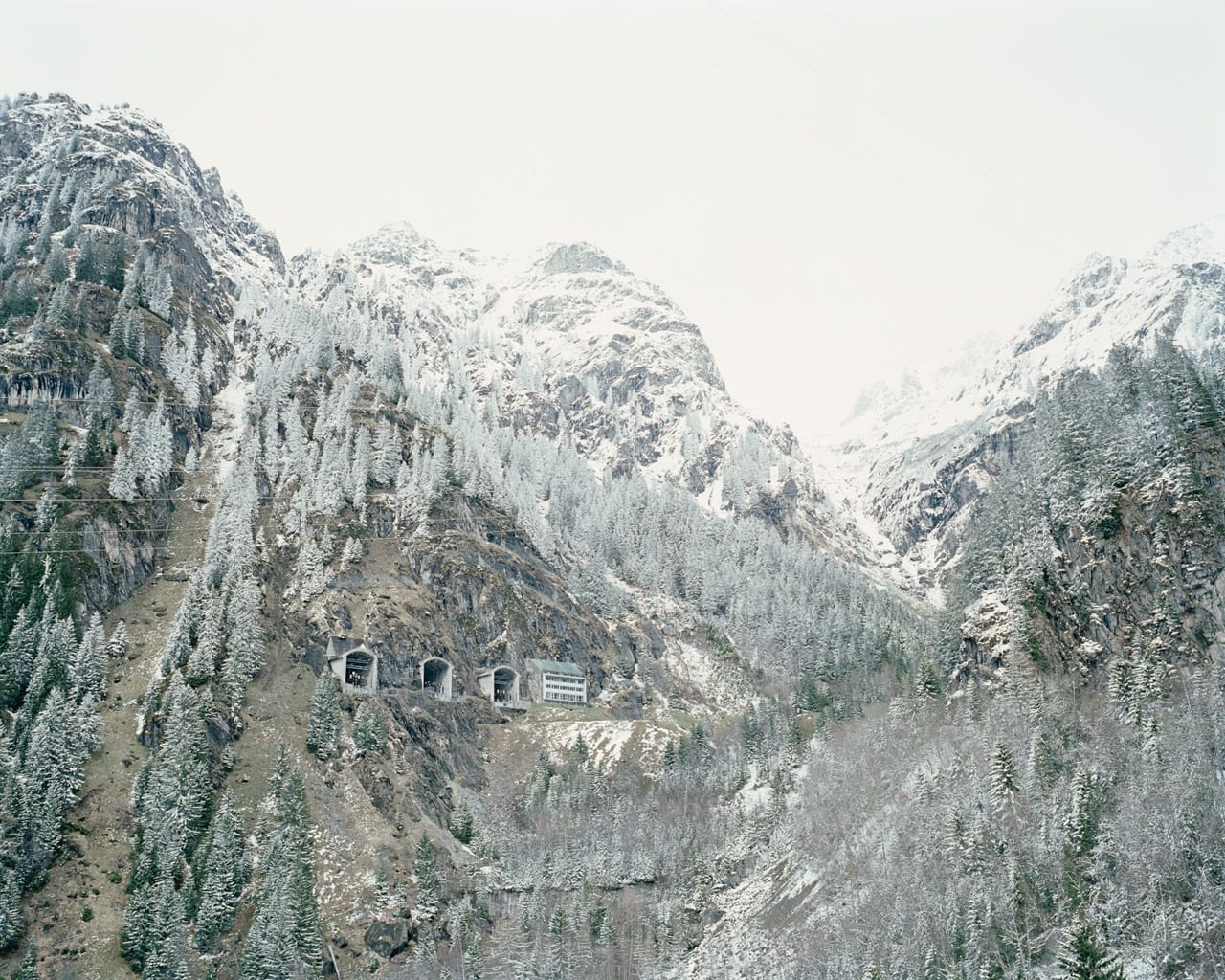Out of a 1200km-stretch of grassland in northern Kazakhstan, glistening skyscrapers shoot up into the landscape. Among the impressive buildings rising out of the otherwise sparse terrain are two identical golden towers, a fantastical presidential palace, and a looming centrepiece that blossoms into a large golden sphere. It packs quite a visual punch, but what’s most impressive is that it’s all been built in just 15 years.
Astana became the capital of Kazakhstan in 1997, and has since developed into one of the most modern cities in Central Asia. It’s futuristic buildings are designed by world-famous architects such as Norman Foster and Zaha Hadid, their work paid for via the country’s recently-discovered oil reserves.

